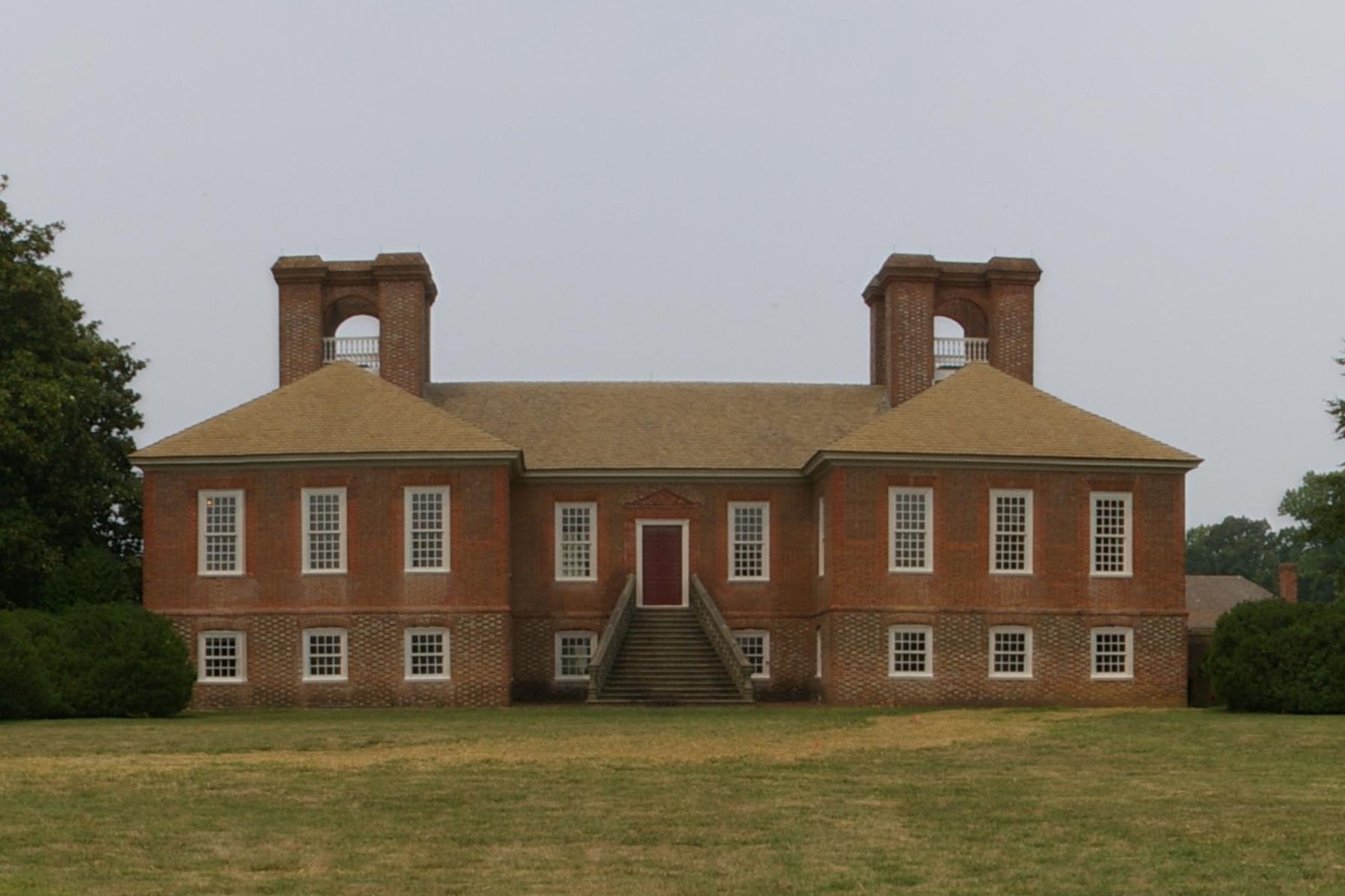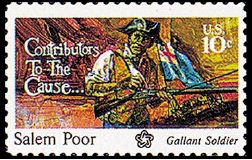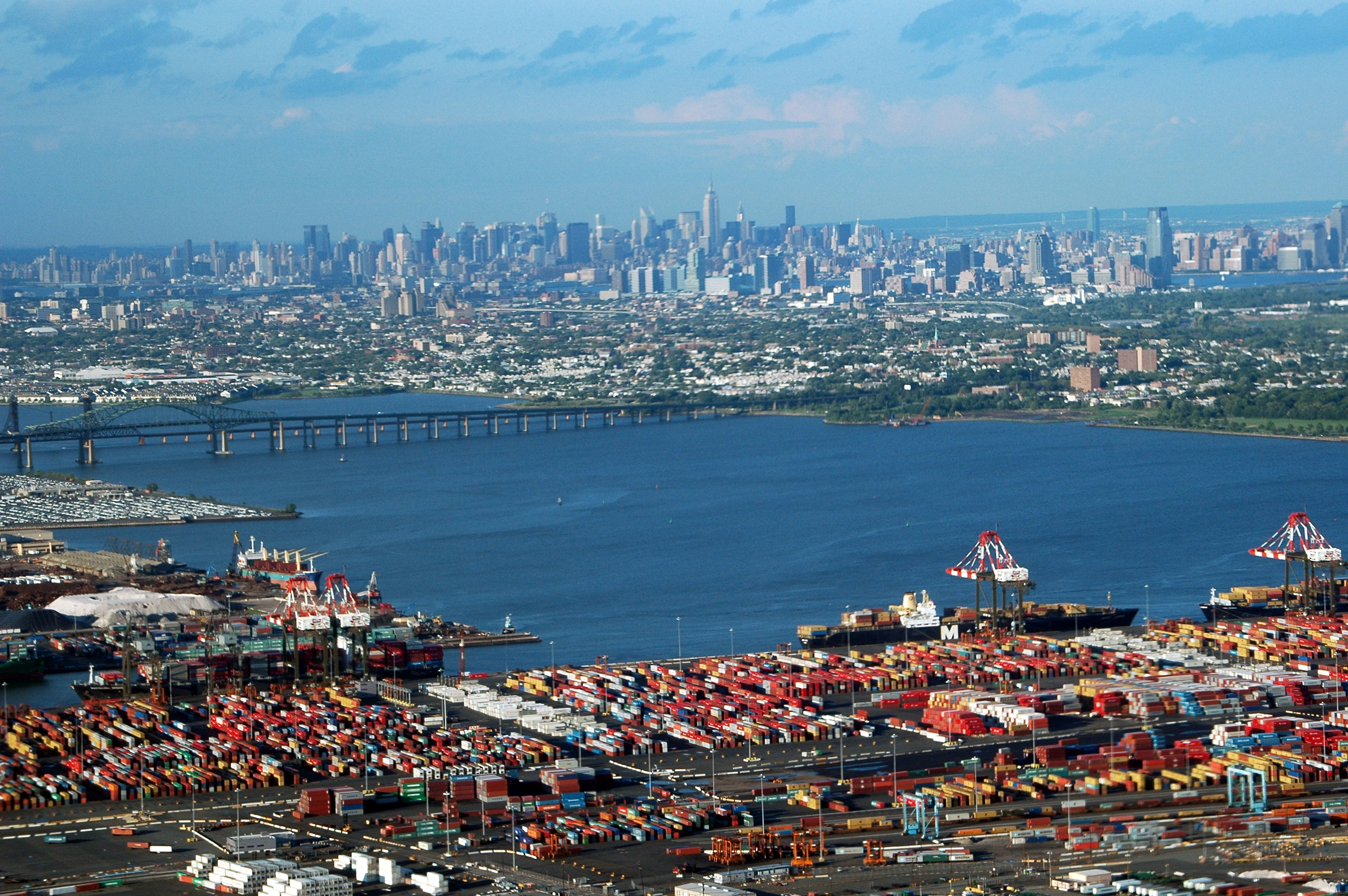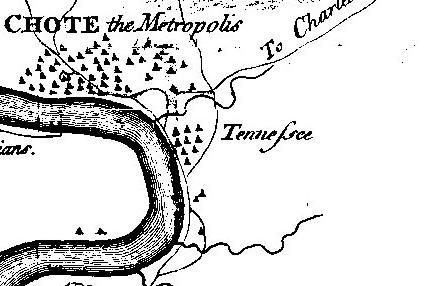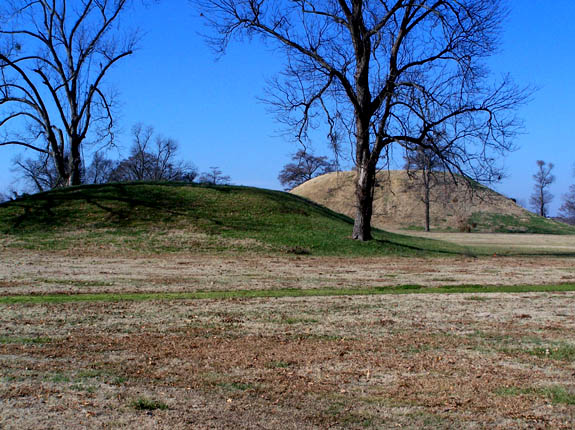|
Cotton Factor
In the antebellum and Reconstruction era South, most cotton planters relied on cotton factors (also known as cotton brokers) to sell their crops for them. Description The cotton factor was usually located in an urban center of commerce, such as Charleston, Mobile, New Orleans, or Savannah (harbor cities; there was not yet a network of railroads), where they could most efficiently tend to business matters for their rural clients. Prior to the American Civil War, the states of Alabama, Georgia, Louisiana, and Mississippi were producing more than half of the world's cotton, but Arkansas, Tennessee, and Texas produced large amounts also. At the same time, the port of New Orleans exported the most cotton, followed by the port of Mobile. Cotton factors also frequently purchased goods for their clients, and even handled shipment of those goods to the clients, among other services. As one source notes, The factor was a versatile man of business in an agrarian society who performed m ... [...More Info...] [...Related Items...] OR: [Wikipedia] [Google] [Baidu] |
A Cotton Office In New Orleans
''A Cotton Office in New Orleans'', also known as ''Interior of an Office of Cotton Buyers in New Orleans and Portraits in an Office (New Orleans),'' is an oil painting by Edgar Degas. Degas depicts the interior of his maternal uncle Michel Musson's cotton firm in New Orleans. Musson, Degas's brothers René and Achille, Musson's son-in-law William Bell, and other associates of Musson are shown engaged in various business and leisure activities while raw cotton rests on a table in the middle of the office. Degas created the painting in the early part of 1873 during an extended visit with family in New Orleans. His trip coincided with the political turbulence of Reconstruction. Degas exhibited the work at the 1876 Impressionist Exhibition in Paris. Degas hoped to sell the painting to a textile manufacturer in Manchester but was unsuccessful. ''A Cotton Office in New Orleans'' was eventually sold in 1878 to the Municipal Museum in Pau, France. Degas was the only major French Impre ... [...More Info...] [...Related Items...] OR: [Wikipedia] [Google] [Baidu] |
Alabama
Alabama ( ) is a U.S. state, state in the Southeastern United States, Southeastern and Deep South, Deep Southern regions of the United States. It borders Tennessee to the north, Georgia (U.S. state), Georgia to the east, Florida and the Gulf of Mexico to the south, and Mississippi to the west. Alabama is the List of U.S. states and territories by area, 30th largest by area, and the List of U.S. states and territories by population, 24th-most populous of the List of states and territories of the United States, 50 U.S. states. Alabama is nicknamed the ''Northern flicker, Yellowhammer State'', after the List of U.S. state birds, state bird. Alabama is also known as the "Heart of Dixie" and the "Cotton State". The state has diverse geography, with the north dominated by the mountainous Tennessee Valley and the south by Mobile Bay, a historically significant port. Alabama's capital is Montgomery, Alabama, Montgomery, and its largest city by population and area is Huntsville, Ala ... [...More Info...] [...Related Items...] OR: [Wikipedia] [Google] [Baidu] |
Sugar Cane
Sugarcane or sugar cane is a species of tall, Perennial plant, perennial grass (in the genus ''Saccharum'', tribe Andropogoneae) that is used for sugar Sugar industry, production. The plants are 2–6 m (6–20 ft) tall with stout, jointed, fibrous stalks that are rich in sucrose, which accumulates in the Plant stem, stalk internodes. Sugarcanes belong to the grass family, Poaceae, an economically important flowering plant family that includes maize, wheat, rice, and sorghum, and many forage crops. It is native to New Guinea. Sugarcane was an ancient crop of the Austronesian people, Austronesian and Indigenous people of New Guinea, Papuan people. The best evidence available today points to the New Guinea area as the site of the original domestication of ''Saccharum officinarum''. It was introduced to Polynesia, Island Melanesia, and Madagascar in prehistoric times via Austronesian sailors. It was also introduced by Austronesian sailors to India and then to Southern China by 500 ... [...More Info...] [...Related Items...] OR: [Wikipedia] [Google] [Baidu] |
Molasses
Molasses () is a viscous byproduct, principally obtained from the refining of sugarcane or sugar beet juice into sugar. Molasses varies in the amount of sugar, the method of extraction, and the age of the plant. Sugarcane molasses is usually used to sweeten and flavour foods. Molasses is a major constituent of fine commercial brown sugar. Molasses is rich in vitamins and minerals, including vitamin B6, iron, calcium, magnesium, and potassium. There are different types of molasses depending on the amount of time refined, including first molasses (highest sugar content), second molasses (slightly bitter), and blackstrap molasses (the darkest and most robust in flavor). Molasses was historically popular in the Americas before the 20th century as a sweetener. It is still commonly used in traditional cuisine, such as in Madeira Island's traditional dishes. In addition to culinary uses, molasses has industrial applications, such as in the distillation of rum, as an additiv ... [...More Info...] [...Related Items...] OR: [Wikipedia] [Google] [Baidu] |
Sugar
Sugar is the generic name for sweet-tasting, soluble carbohydrates, many of which are used in food. Simple sugars, also called monosaccharides, include glucose Glucose is a sugar with the Chemical formula#Molecular formula, molecular formula , which is often abbreviated as Glc. It is overall the most abundant monosaccharide, a subcategory of carbohydrates. It is mainly made by plants and most algae d ..., fructose, and galactose. Compound sugars, also called disaccharides or double sugars, are molecules made of two bonded monosaccharides; common examples are sucrose (glucose + fructose), lactose (glucose + galactose), and maltose (two molecules of glucose). White sugar is almost pure sucrose. In the body, compound sugars are hydrolysed into simple sugars. Longer chains of monosaccharides (>2) are not regarded as sugars and are called oligosaccharides or polysaccharides. Starch is a glucose polymer found in plants, the most abundant source of energy in human foo ... [...More Info...] [...Related Items...] OR: [Wikipedia] [Google] [Baidu] |
Commodities
In economics, a commodity is an economic good, usually a resource, that specifically has full or substantial fungibility: that is, the market treats instances of the good as equivalent or nearly so with no regard to who produced them. The price of a commodity good is typically determined as a function of its market as a whole: well-established physical commodities have actively traded spot and derivative markets. The wide availability of commodities typically leads to smaller profit margins and diminishes the importance of factors (such as brand name) other than price. Most commodities are raw materials, basic resources, agricultural, or mining products, such as iron ore, sugar, or grains like rice and wheat. Commodities can also be mass-produced unspecialized products such as chemicals and computer memory. Popular commodities include crude oil, corn, and gold. Other definitions of commodity include something useful or valued and an alternative term for an econo ... [...More Info...] [...Related Items...] OR: [Wikipedia] [Google] [Baidu] |
Plantations In The American South
Plantation complexes were common on agricultural plantations in the Southern United States from the 17th into the 20th century. The complex included everything from the main residence down to the Pen (enclosure), pens for livestock. Until the abolition of Slavery in the United States, slavery, such plantations were generally self-sufficient settlements that relied on the forced labor of enslaved people. Plantations are an important aspect of the history of the Southern United States, particularly before the American Civil War. The mild temperate climate, plentiful rainfall, and fertile soils of the Southeastern United States allowed the flourishing of large plantations, where large numbers of enslaved Africans were held captive and forced to produce crops to create wealth for a white elite. Today, as was also true in the past, there is a wide range of opinion as to what differentiated a plantation from a farm. Typically, the focus of a farm was subsistence agriculture. In cont ... [...More Info...] [...Related Items...] OR: [Wikipedia] [Google] [Baidu] |
Slavery In The United States
The legal institution of human chattel slavery, comprising the enslavement primarily of List of ethnic groups of Africa, Africans and African Americans, was prevalent in the United States of America from its founding in 1776 until 1865, predominantly in the Southern United States, South. Slavery was established throughout European colonization in the Americas. From 1526, during the early Slavery in the colonial history of the United States, colonial period, it was practiced in what became British America, Britain's colonies, including the Thirteen Colonies that formed the United States. Under the law, an enslaved person was treated as property that could be bought, sold, or given away. Slavery lasted in about half of U.S. states until Thirteenth Amendment to the United States Constitution, abolition in 1865, and issues concerning slavery seeped into every aspect of national politics, economics, and social custom. In the decades after the end of Reconstruction era, Recons ... [...More Info...] [...Related Items...] OR: [Wikipedia] [Google] [Baidu] |
Port
A port is a maritime facility comprising one or more wharves or loading areas, where ships load and discharge cargo and passengers. Although usually situated on a sea coast or estuary, ports can also be found far inland, such as Hamburg, Manchester and Duluth; these access the sea via rivers or canals. Because of their roles as ports of entry for immigrants as well as soldiers in wartime, many port cities have experienced dramatic multi-ethnic and multicultural changes throughout their histories. Ports are extremely important to the global economy; 70% of global merchandise trade by value passes through a port. For this reason, ports are also often densely populated settlements that provide the labor for processing and handling goods and related services for the ports. Today by far the greatest growth in port development is in Asia, the continent with some of the world's largest and busiest ports, such as Singapore and the Chinese ports of Shanghai and Ningbo-Zhoushan. As ... [...More Info...] [...Related Items...] OR: [Wikipedia] [Google] [Baidu] |
Texas
Texas ( , ; or ) is the most populous U.S. state, state in the South Central United States, South Central region of the United States. It borders Louisiana to the east, Arkansas to the northeast, Oklahoma to the north, New Mexico to the west, and has Mexico-United States border, an international border with the Mexican states of Chihuahua (state), Chihuahua, Coahuila, Nuevo León, and Tamaulipas to the south and southwest. Texas has Texas Gulf Coast, a coastline on the Gulf of Mexico to the southeast. Covering and with over 31 million residents as of 2024, it is the second-largest state List of U.S. states and territories by area, by area and List of U.S. states and territories by population, population. Texas is nicknamed the ''Lone Star State'' for its former status as the independent Republic of Texas. Spain was the first European country to Spanish Texas, claim and control Texas. Following French colonization of Texas, a short-lived colony controlled by France, Mexico ... [...More Info...] [...Related Items...] OR: [Wikipedia] [Google] [Baidu] |
Tennessee
Tennessee (, ), officially the State of Tennessee, is a landlocked U.S. state, state in the Southeastern United States, Southeastern region of the United States. It borders Kentucky to the north, Virginia to the northeast, North Carolina to the east, Georgia (U.S. state), Georgia, Alabama, and Mississippi to the south, Arkansas to the southwest, and Missouri to the northwest. Tennessee is the List of U.S. states and territories by area, 36th-largest by area and the List of U.S. states and territories by population, 15th-most populous of the 50 states. According to the United States Census Bureau, the state's estimated population as of 2024 is 7.22 million. Tennessee is geographically, culturally, and legally divided into three Grand Divisions of Tennessee, Grand Divisions of East Tennessee, East, Middle Tennessee, Middle, and West Tennessee. Nashville, Tennessee, Nashville is the state's capital and largest city, and anchors its largest metropolitan area. Tennessee has dive ... [...More Info...] [...Related Items...] OR: [Wikipedia] [Google] [Baidu] |
Arkansas
Arkansas ( ) is a landlocked state in the West South Central region of the Southern United States. It borders Missouri to the north, Tennessee and Mississippi to the east, Louisiana to the south, Texas to the southwest, and Oklahoma to the west. Its name derives from the Osage language, and refers to their relatives, the Quapaw people. The state's diverse geography ranges from the mountainous regions of the Ozark and Ouachita Mountains, which make up the U.S. Interior Highlands, to the densely forested land in the south known as the Arkansas Timberlands, to the eastern lowlands along the Mississippi River and the Arkansas Delta. Previously part of French Louisiana and the Louisiana Purchase, the Territory of Arkansas was admitted to the Union as the 25th state on June 15, 1836. Much of the Delta had been developed for cotton plantations, and landowners there largely depended on enslaved African Americans' labor. In 1861, Arkansas seceded from the United St ... [...More Info...] [...Related Items...] OR: [Wikipedia] [Google] [Baidu] |



